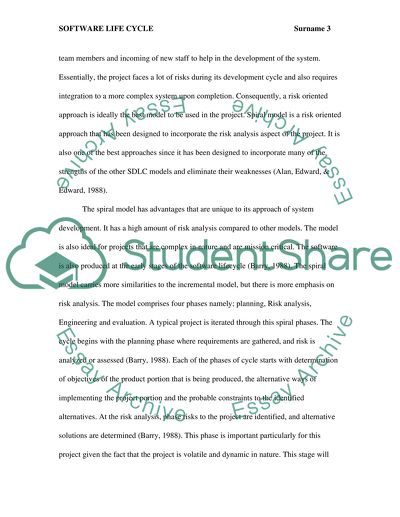Cite this document
(“Software Lifecycle Research Paper Example | Topics and Well Written Essays - 1000 words”, n.d.)
Software Lifecycle Research Paper Example | Topics and Well Written Essays - 1000 words. Retrieved from https://studentshare.org/information-technology/1632620-software-lifecycle
Software Lifecycle Research Paper Example | Topics and Well Written Essays - 1000 words. Retrieved from https://studentshare.org/information-technology/1632620-software-lifecycle
(Software Lifecycle Research Paper Example | Topics and Well Written Essays - 1000 Words)
Software Lifecycle Research Paper Example | Topics and Well Written Essays - 1000 Words. https://studentshare.org/information-technology/1632620-software-lifecycle.
Software Lifecycle Research Paper Example | Topics and Well Written Essays - 1000 Words. https://studentshare.org/information-technology/1632620-software-lifecycle.
“Software Lifecycle Research Paper Example | Topics and Well Written Essays - 1000 Words”, n.d. https://studentshare.org/information-technology/1632620-software-lifecycle.


